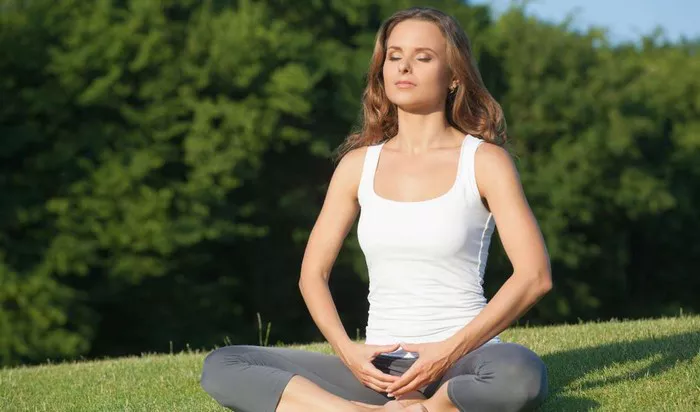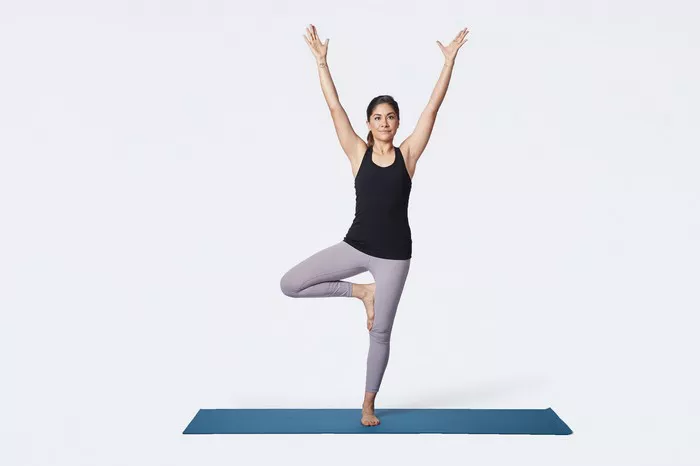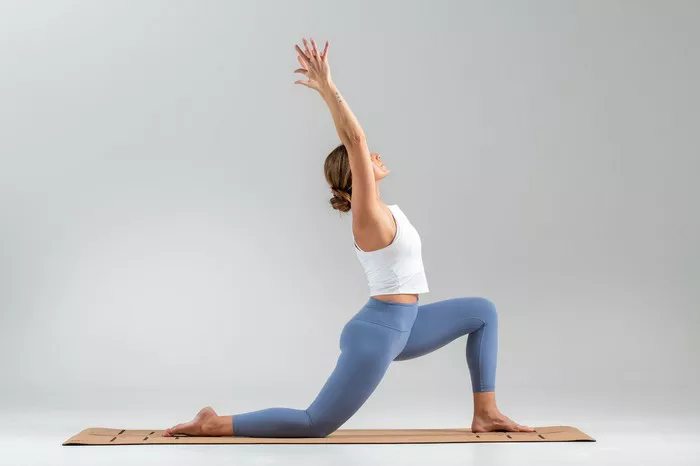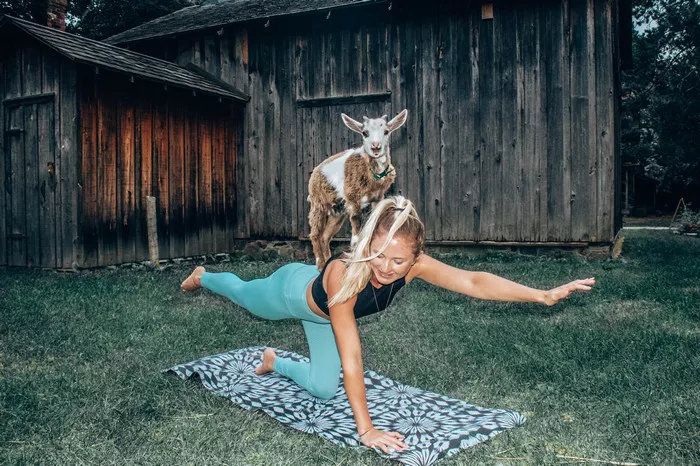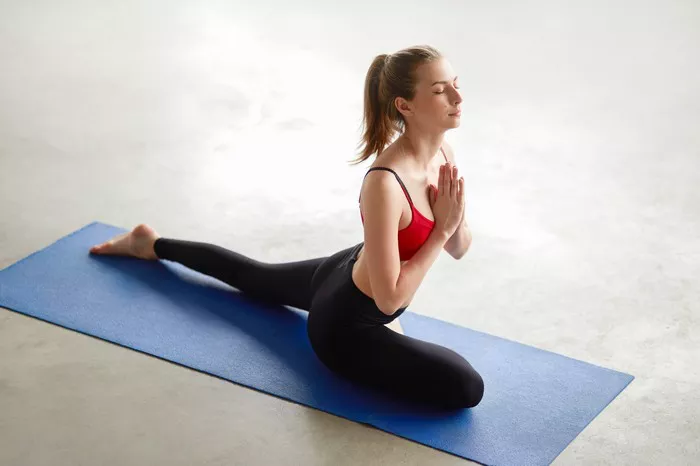Pranayama, the art of breath control, is an integral component of yoga practice. It encompasses various breathing techniques that not only enhance physical well-being but also contribute significantly to mental and spiritual development. Through deliberate regulation of the breath, practitioners can cultivate a profound sense of awareness, balance, and inner harmony. In this comprehensive guide, we delve into the intricacies of yoga pranayama, exploring techniques, benefits, and essential practices to help you embark on a transformative journey of self-discovery and vitality.
Understanding the Fundamentals
Before delving into specific pranayama techniques, it’s crucial to grasp the fundamental principles underlying this ancient practice. At its core, pranayama revolves around the manipulation of prana, the vital life force that permeates the body and sustains existence. By harnessing the breath, practitioners seek to regulate prana, thereby promoting physical health, mental clarity, and spiritual awakening.
Central to pranayama practice is the concept of breath awareness. Unlike unconscious breathing, which occurs involuntarily, conscious breathing involves deliberate control and focus. Through mindful observation of the breath, practitioners develop heightened sensitivity to its rhythm, depth, and quality. This heightened awareness serves as the foundation for more advanced pranayama techniques, enabling practitioners to explore and manipulate the breath with precision and intention.
Preparing for Practice
Before embarking on a pranayama session, it’s essential to create an environment conducive to relaxation and focus. Find a quiet, well-ventilated space where you can sit comfortably without distractions. You may choose to practice on a yoga mat or cushion, adopting a seated posture such as Sukhasana (Easy Pose) or Padmasana (Lotus Pose).
Once seated, take a few moments to ground yourself through gentle stretches or mindful breathing. Close your eyes and allow your awareness to settle inward, tuning into the natural rhythm of your breath. Cultivate a sense of presence and receptivity, letting go of any tension or mental chatter that may be present.
Basic Pranayama Techniques
1. Dirga Pranayama (Three-Part Breath): This foundational technique focuses on deep, diaphragmatic breathing, helping to expand lung capacity and enhance oxygenation. Begin by inhaling deeply through the nose, allowing the breath to fill the lower abdomen, then the rib cage, and finally the upper chest. Exhale slowly and steadily, releasing the breath in the reverse order. Repeat this pattern for several rounds, gradually extending the duration of each inhalation and exhalation.
2. Ujjayi Pranayama (Victorious Breath): Known for its soothing and meditative qualities, Ujjayi Pranayama involves gentle constriction of the throat during both inhalation and exhalation, creating a subtle oceanic sound. To practice, inhale deeply through the nose while slightly constricting the muscles at the back of the throat. As you exhale, maintain the constriction, producing a soft, audible whispering sound. Focus on cultivating smooth, even breaths, synchronizing each inhalation and exhalation with mindfulness and presence.
3. Nadi Shodhana Pranayama (Alternate Nostril Breathing): This balancing technique involves alternate nostril breathing, which helps to harmonize the flow of prana throughout the body. Begin by sitting in a comfortable position with the spine erect. Using the right hand, place the thumb on the right nostril and the ring finger or pinky finger on the left nostril. Close the right nostril with the thumb and inhale deeply through the left nostril. Close the left nostril with the ring finger or pinky finger, release the thumb from the right nostril, and exhale slowly. Inhale through the right nostril, close it with the thumb, release the ring finger or pinky finger from the left nostril, and exhale slowly. Continue this pattern, alternating between nostrils with each breath.
Advanced Pranayama Techniques
As practitioners progress in their pranayama journey, they may explore more advanced techniques that require greater concentration and mastery. These techniques often involve specific breath retention patterns (Kumbhaka) and subtle energy manipulation, such as:
1. Bhastrika Pranayama (Bellows Breath): This dynamic breathing technique involves rapid, forceful inhalations and exhalations through the nose, resembling the pumping action of a bellows. Practitioners engage the diaphragm and abdominal muscles to generate a powerful surge of breath, stimulating energy flow and increasing vitality. Start with a moderate pace, gradually increasing speed and intensity while maintaining a steady rhythm.
2. Kapalabhati Pranayama (Skull-Shining Breath): Kapalabhati involves rapid, forceful exhalations through the nose, accompanied by passive inhalations. This cleansing breath technique purifies the respiratory system, clears energetic blockages, and invigorates the mind. Sit in a comfortable position with a straight spine, and begin by taking a few deep breaths to prepare. Then, exhale forcefully through the nose by quickly contracting the abdominal muscles. Allow the inhalation to occur naturally, without effort, as the belly relaxes. Start with a slow pace, gradually increasing speed as you build stamina and control.
Cultivating Mindfulness and Awareness
Regardless of the specific technique practiced, the essence of pranayama lies in cultivating mindfulness and awareness of the breath. Each inhalation and exhalation becomes a vehicle for self-exploration and inner transformation. As you engage in pranayama practice, observe the sensations, thoughts, and emotions that arise without judgment or attachment. Cultivate a sense of spaciousness and presence, allowing the breath to serve as an anchor amidst the fluctuations of the mind.
Conclusion
Yoga pranayama offers a profound pathway to holistic well-being, providing a means to harness the transformative power of the breath. By incorporating pranayama into your yoga practice, you can cultivate greater vitality, clarity, and inner harmony. Whether you’re a novice or seasoned practitioner, approach pranayama with reverence, patience, and an open heart. Through dedicated practice and mindful awareness, you can unlock the limitless potential of the breath and embark on a journey of self-discovery and awakening.

